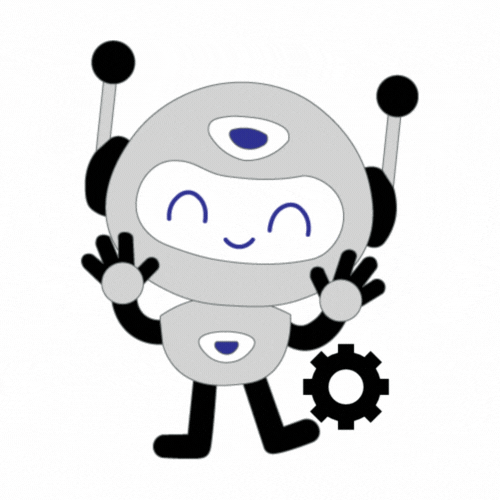Xenobots, The First Living Robot
Xenobots, The Next Frontier in Bioengineering and AutomationIntroduction
As of late, the field of bioengineering has seen a noteworthy improvement that obscures the lines between the living and the mechanical world. Xenobots, the most recent formation of researchers, are a spearheading class of natural robots that have the capacity to mechanize errands and adjust to natural conditions. These small, yet exceptional machines are upsetting the manner in which we see mechanical technology, offering a brief look into a future where residing cells and innovation converge to make novel arrangements. In this blog entry, we will dive into the universe of Xenobots, investigating their creation, likely applications, and moral contemplations.

Figuring out Xenobots
Xenobots are not your common robots. Dissimilar to conventional machines made of metals and plastics, they are built utilizing living cells. These phones are gotten from frog incipient organisms, explicitly the African ripped-at frog (Xenopus laevis), which gives them their name. Scientists at the University of Vermont and Tufts University first acquainted Xenobots with the world in 2020, displaying their novel capacities.
Plan and Usefulness
Xenobots are built by taking undeveloped cells from frog incipient organisms and reassembling them into explicit setups utilizing a supercomputer calculation. Through this cycle, analysts can plan Xenobots with foreordained shapes and works. The cells, which can move freely and speak with one another, lead to different capacities that customary robots can't imitate.

Versatility and Robotization
One of the vital highlights of Xenobots is their capacity to adjust to various conditions. Because of their organic synthesis, these robots can mend themselves and go through self-fix, permitting them to keep working in any event, when harmed. Their living nature likewise empowers them to associate with natural materials and answer boosts, making them appropriate for assignments in unusual and evolving conditions.
Uses of Xenobots
The likely use of Xenobots is immense and different. Here are a few regions where these natural robots could have a huge effect:
1. Clinical Applications: Xenobots could be used in designated drug conveyance, where they explore through the body to explicit destinations and deliver prescriptions. They can likewise help with cleaning stopped-up courses or eliminating poisons from the circulatory system.
2. Natural Cleanup: Xenobots could be modified to eliminate micro plastics from seas and water bodies, tidy up oil slicks, or even corrupt poisons in soil.
3. Poisonousness Detecting: These robots can be intended to distinguish and answer poisons in the climate, making them valuable for checking the water quality, recognizing hurtful substances, and safeguarding environments.
4. Tissue Designing: Xenobots might hold a guarantee in regenerative medication by aiding tissue fixing or directing the development of new tissues and organs.
Moral Contemplations
While the capability of Xenobots is evidently invigorating, their advancement raises significant moral contemplations. As we adventure into the domain of making living machines, questions in regard to the treatment and government assistance of these organic entities arise. Clear rules and guidelines should be laid out to guarantee capable examination and forestall possible abuse of this innovation.
Conclusion
Xenobots address a momentous combination of science and mechanical technology, making it ready for another period in bioengineering and mechanization. Their capacity to adjust, recuperate, and collaborate with natural materials separates them from conventional robots, making them ideal for applications in medication, and ecological cleanup, and that's only the tip of the iceberg. Notwithstanding, it is vital to proactively approach this progressive innovation with watchfulness and address moral worries. As researchers keep on investigating the huge capability of Xenobots, their combination into our lives might open up staggering open doors while testing how we might interpret being alive or mechanical.


